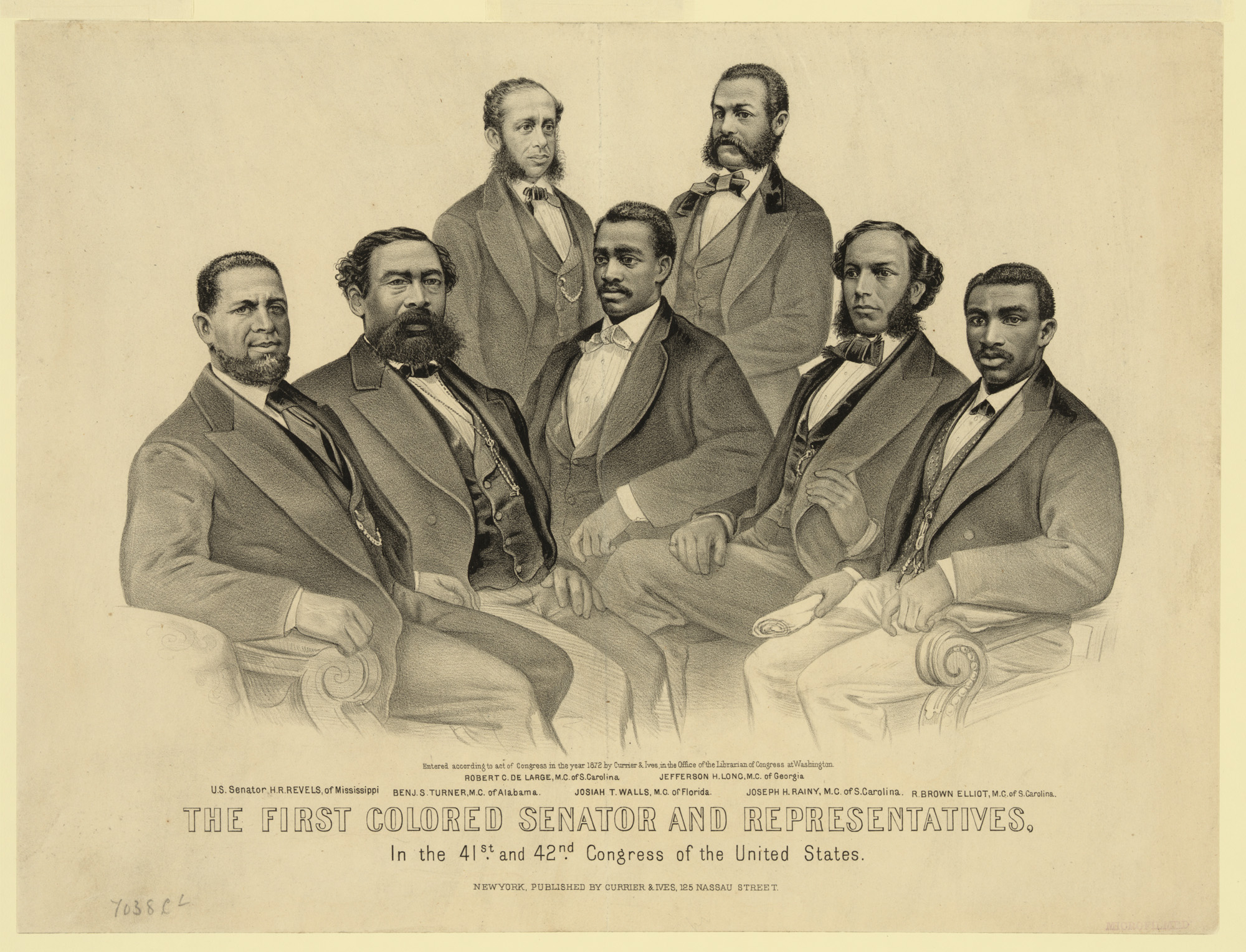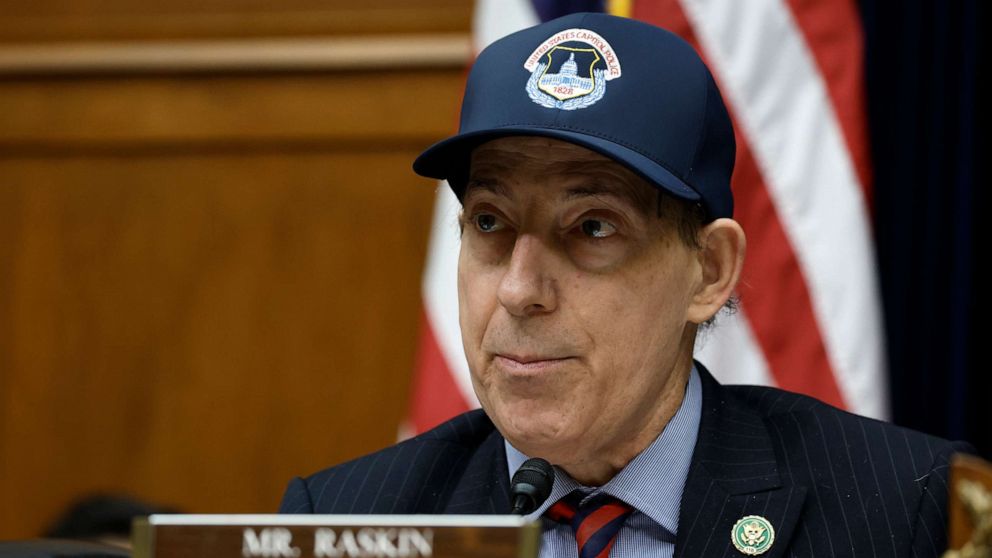Report on the NFL Players Association Governance Crisis and Alignment with Sustainable Development Goals
This report details a federal criminal investigation into the National Football League Players Association (NFLPA), analyzing the situation through the framework of the United Nations Sustainable Development Goals (SDGs). The crisis highlights significant deviations from the principles of strong governance, justice, and decent work.
Institutional Integrity and Justice Under Scrutiny (SDG 16)
The core of the crisis relates to a failure to uphold SDG 16: Peace, Justice and Strong Institutions. The ongoing federal probe points to a severe breakdown in the accountability, transparency, and effectiveness of the NFLPA as an institution.
Allegations of Corruption and Illicit Financial Flows
A confidential internal “Crisis Management” memo indicates that the union is under a federal criminal investigation for actions that may constitute criminal conduct. This directly contravenes SDG Target 16.5, which calls for a substantial reduction in corruption and bribery.
- The investigation focuses on the potential misuse of union funds and self-enrichment by officials.
- Financial dealings involving OneTeam Partners, a joint licensing firm co-founded by the NFLPA, are also under FBI scrutiny, raising questions about the integrity of partnerships (SDG 17).
- The memo warns that the Department of Justice could expand its investigation if the union fails to act decisively.
Lapse in Accountable and Transparent Governance
The situation reveals a significant lapse in fiduciary oversight and transparency, undermining SDG Target 16.6, which aims to develop effective, accountable, and transparent institutions. The memo cites “a lapse of fiduciary duty oversight practices” during the tenure of former executive director Lloyd Howell Jr., who recently resigned alongside director of strategy JC Tretter.
- A key example of this lack of transparency is a confidentiality agreement with the NFL that concealed details of a collusion arbitration ruling from the union’s own executive committee and player representatives.
- The memo highlights a “leadership vacuum” and a lack of oversight for the union’s $1.2 billion in discretionary funds, sourced from player dues.
Implications for Decent Work and Economic Rights (SDG 8)
The governance failures directly impact the NFLPA’s ability to fulfill its primary mandate: securing decent work and protecting the economic rights of its members, a cornerstone of SDG 8.
Undermining Fair Labor Practices and Representation
The internal turmoil and alleged misconduct weaken the union’s position as a credible advocate for players’ rights and fair labor practices.
- The National Labor Relations Board (NLRB) is cited as a potential threat, with the possibility of ordering the union to pay for “direct or foreseeable pecuniary harms” caused by unfair labor practices.
- The secret handling of the collusion ruling, which found the NFL management council encouraged owners to reduce guaranteed money, represents a failure to protect players’ collective economic interests and reduce inequalities (SDG 10).
- The potential for players to sue their own union over the collusion decision further illustrates the breakdown in trust and effective representation.
Path Forward: A Plan for Institutional Reform and Renewal
The “Crisis Management” document outlines a “triage plan” to stabilize the organization and take immediate steps to restore institutional integrity, aligning with the principles of SDG 16.
Proposed Interim Leadership
The plan recommends appointing a qualified interim executive director to navigate the crisis. The list of candidates suggests a move toward more inclusive and experienced leadership, reflecting principles of SDG 5 (Gender Equality) and SDG 16.7 (Inclusive Decision-Making).
- Lester Archambeau: Current Senior Director of Player Affairs and a former player.
- Don Davis: Current Chief Player Officer and a former player.
- Teri Smith: Current Chief Operating Officer, representing female leadership at a senior level.
- Domonique Foxworth: Former NFLPA President (2010-2014).
- Eric Winston: Former NFLPA President (2014-2020).
Recommended Actions for Restoring Accountability
The memo urges player representatives to take decisive action to demonstrate to the government and members that they are addressing the problems. Key recommendations include:
- Appointing an interim leader for a term of approximately 12 months with a clear mandate and reporting structure.
- Taking immediate steps to avoid a Department of Justice-ordered, court-supervised oversight of the union.
- Establishing robust oversight mechanisms for the union’s $1.2 billion in discretionary funds.
- Ensuring the new leadership is empowered to investigate the depth of the problems and reform internal practices to rebuild an effective, accountable, and transparent institution consistent with SDG 16.
Analysis of Sustainable Development Goals in the Article
1. Which SDGs are addressed or connected to the issues highlighted in the article?
The article highlights issues of institutional governance, corruption, labor rights, and financial mismanagement within the NFL Players Association (NFLPA). Based on this, the following SDGs are addressed:
- SDG 16: Peace, Justice and Strong Institutions: This goal is central to the article, which focuses on a crisis within an institution (the NFLPA). The text details a federal criminal investigation, allegations of corruption (“misuse of funds and self-enrichment”), a lack of accountability (“lapse of fiduciary duty oversight practices”), and a failure of transparent governance (“culture of secrecy”). These issues directly challenge the aim of building effective, accountable, and inclusive institutions.
- SDG 8: Decent Work and Economic Growth: The NFLPA is a labor union whose fundamental purpose is to protect the rights and economic interests of its members (the players). The article discusses “unfair labor practices,” a ruling on owner collusion to “reduce guaranteed money” in contracts, and the mismanagement of “$1.2B YOUR DUES.” These points are directly connected to protecting labor rights and ensuring fair economic conditions for workers, which is a core component of SDG 8.
2. What specific targets under those SDGs can be identified based on the article’s content?
Several specific targets can be identified from the article’s content:
-
Target 16.5: Substantially reduce corruption and bribery in all their forms.
- Explanation: The article explicitly states that a “criminal investigation into finances of the NFL Players Association includes potential misuse of funds and self-enrichment by union officials.” This directly points to a need to address and reduce corrupt practices within the organization.
-
Target 16.6: Develop effective, accountable and transparent institutions at all levels.
- Explanation: The crisis is described as stemming from a “lapse of fiduciary duty oversight practices,” a “leadership vacuum,” and a “culture of secrecy.” The memo cited in the article urges player reps to take action to show they are “acting immediately to find out depth of problems at union,” highlighting a breakdown in accountability and transparency that this target aims to fix. The fact that executive director Lloyd Howell struck a “confidentiality agreement with the league to keep details of the ruling from the NFLPA’s executive committee and player reps” is a clear example of a non-transparent institution.
-
Target 8.8: Protect labour rights and promote safe and secure working environments for all workers.
- Explanation: The article mentions potential action by the National Labor Relations Board over “unfair labor practices.” It also details an arbitrator’s finding that the “NFL’s management council encouraged owners to reduce guaranteed money” for players. These issues, along with the potential for players to “sue the union for the January collusion decision,” are all centered on the protection of labor rights for the players.
3. Are there any indicators mentioned or implied in the article that can be used to measure progress towards the identified targets?
Yes, the article mentions and implies several indicators that can be used to measure progress:
-
Indicator for Target 16.5 (Reduce Corruption):
- Mentioned Indicator: The existence and scope of a “DOJ criminal investigation.” The article states, “Government is watching response [and] could quickly ramp up and expand scope of existing DOJ criminal investigation.” The progress, expansion, or conclusion of this investigation serves as a direct indicator of how corruption is being addressed.
-
Indicator for Target 16.6 (Accountable Institutions):
- Mentioned Indicator: The lack of oversight for union funds. The article warns that there is “‘no oversight’ of an investment adviser for the union’s discretionary funds — ‘$1.2B YOUR DUES.'” Establishing a formal, transparent oversight mechanism would be a measurable sign of progress toward accountability.
- Implied Indicator: The implementation of transparent reporting structures. The memo recommends that the interim leader have “clear work and reporting plans adopted to keep [Executive Committee] & Board regularly informed on a detailed basis,” implying that such a structure is currently absent. Its creation would be an indicator of progress.
-
Indicator for Target 8.8 (Protect Labour Rights):
- Mentioned Indicator: Filings and rulings related to “unfair labor practices.” The article cites a threat of action by the “National Labor Relations Board over ‘unfair labor practices.'” The frequency and outcomes of such cases are a direct measure of the state of labor rights protection.
- Mentioned Indicator: The arbitrator’s ruling on contract collusion. The finding that management “encouraged owners to reduce guaranteed money” is a specific instance of a labor rights dispute. Future arbitration outcomes would serve as ongoing indicators.
4. Summary Table of SDGs, Targets, and Indicators
| SDGs | Targets | Indicators |
|---|---|---|
| SDG 16: Peace, Justice and Strong Institutions | 16.5: Substantially reduce corruption and bribery in all their forms. | Existence and scope of the Department of Justice (DOJ) criminal investigation into “misuse of funds and self-enrichment.” |
| 16.6: Develop effective, accountable and transparent institutions at all levels. |
Presence or absence of oversight for the union’s discretionary funds (“$1.2B YOUR DUES”). Establishment of clear and detailed reporting plans to the Executive Committee and Board. |
|
| SDG 8: Decent Work and Economic Growth | 8.8: Protect labour rights and promote safe and secure working environments for all workers. |
Actions and rulings by the National Labor Relations Board (NLRB) concerning “unfair labor practices.” Arbitrator rulings on collusion related to player contracts and guaranteed money. |
Source: espn.com







